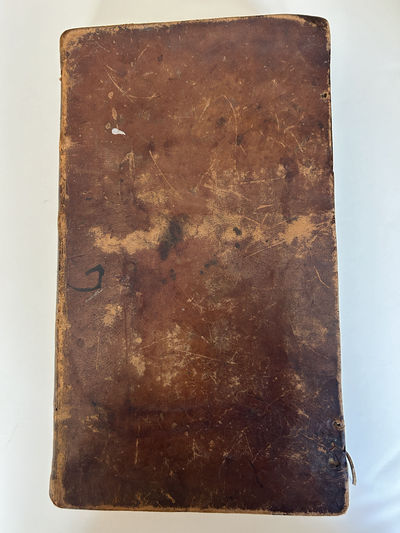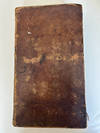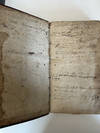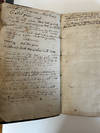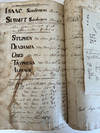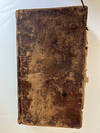Hardcover
1830 · Whateley, MA
Whateley, MA, 1830. Unique. Hardcover. Very Good+. Unique. Hardcover. Upon in-depth research, the Sanderson family ledger is a complex example of a successful business beginning with the migration of families from Essex and Middlesex countries after the late 17th century Salem/Danvers witch trials. Many families migrated West after the trials, due to loss of families, shame and reputation associated with the trials, and new beginnings, marriages. The ancestry of the Sanderson--Foster line is an example of this migration. Additionally, the Revolutionary War complicated family units, as many head of households, left home to fight on the side of the Continental (truncated)
